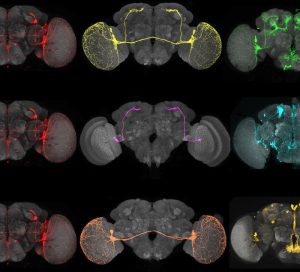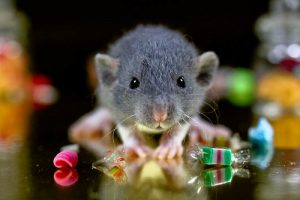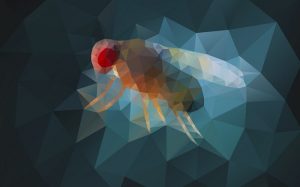Enter your address to receive notifications about new posts to your email.
Science & Publishing
-
Science & Publishing
Does Candida grow on trees?
An opportunistic human pathogen makes itself at home on old oaks. At one point or another, most people have played host to the common yeast Candida albicans. Around 40-60% of healthy adults carry around it in their mouth or guts; in immunocompromised people, however, this normally harmless cohabitant becomes a deadly pathogen. Generally thought to…
-
Science & Publishing
Tools and technology FOMO? Don’t miss this session at #Dros19!
The Annual Drosophila Research Conference is the premier place to share your research with the fruit fly community and discover cutting-edge advances. Presentations cover the full diversity of Drosophila investigations, from genetics to molecular biology, cell biology, development, immunology, physiology, neuroscience, evolution, and more. Now in its 60th year, the Drosophila conference is meeting in…
-
Science & Publishing
Loaded words
Guest author Amir Teicher discusses how the concept of “genetic load” traces its roots back to eugenic thinking, as described in his recent Perspectives article in GENETICS. The possibilities opened up by advances in genome sequencing have recently spurred discussions on the burden, or cost, that mutations pose to organisms and populations. Does the relaxation…
-
Science & Publishing
From sequence to centimeters: predicting height from genomes
Machine learning and access to ever-expanding databases improves genomic prediction of human traits. In theory, a scientist could predict your height using just your genome sequence. In practice, though, this is still the stuff of science fiction. It’s not only your genes that affect height—environment also plays a role—but the larger problem is that height…
-
Science & Publishing
She has her mother’s coping style
Parent-of-origin effects help determine how lab rats respond to stress. Although your father and mother each contribute a copy of your genes, these copies don’t always play equal roles. Instead, one parent’s gene can have a disproportionate effect on the offspring’s phenotype, resulting in complex patterns of inheritance. In G3: Genes|Genomes|Genetics, Mont et al. examined…
-
Science & Publishing
Family tree of 400 million people shows genetics has limited influence on longevity
Study of huge Ancestry.com pedigree suggests assortative mating may have inflated previous estimates of life span heritability. Although long life tends to run in families, genetics has far less influence on life span than previously estimated, according to a new analysis published in GENETICS. Ruby et al. used a data set of over 400 million…
-
Science & Publishing
What’s the cost of a slip in translation?
Programmed ribosomal frameshifting has translational costs that may influence codon usage bias. The genetic code has some redundancy—the same amino acid is often encoded by several codons. However, these codons are not necessarily equal in their effect, as evidenced by the codon usage bias observed in many organisms. The translation efficiency hypothesis posits that some…
-
Science & Publishing
What inspired Mendel?
Newly uncovered newspaper articles shed light on Mendel’s motivations. Gregor Mendel is considered by many to be the father of genetics. Yet, because his work was not fully appreciated in its time, little is known about Mendel himself. Primary sources, such as letters he wrote, are rare; only a few dozen pieces of his correspondence…
-
Science & Publishing
The Sleep Inbred Panel: flies with extreme sleep patterns
A new collection of inbred flies provides a tool for studying genetic control of sleep. Sleep is vital for a healthy life, but some of us seem to get by with less snoozing than others. This individual variation isn’t unique to humans; fruit flies also show a variety of sleep patterns. These differences could potentially…
-
Science & Publishing
Nanopore sequencing of 15 Drosophila genomes
Low-cost sequencing closes gaps in fly genomes. Genetic sequencing technologies have revolutionized biological science, and regular advances in these tools continue to deliver better genomic data—more accurate and more useful—at a lower cost. In G3: Genes|Genomes|Genetics, Miller et al. report the genomes of 15 Drosophila species sequenced using Oxford Nanopore technology. Their work improves on…
-
Science & Publishing
Mitochondria on the mind
Mitochondria cell-autonomously regulate the secretion of neuropeptides in C. elegans. Neurons are hard-working cells that need a lot of energy to do their jobs, so it’s no surprise that they are highly dependent on their mitochondria to function properly. Yet these organelles do much more for cells than simply produce energy. In GENETICS, Zhao et…












